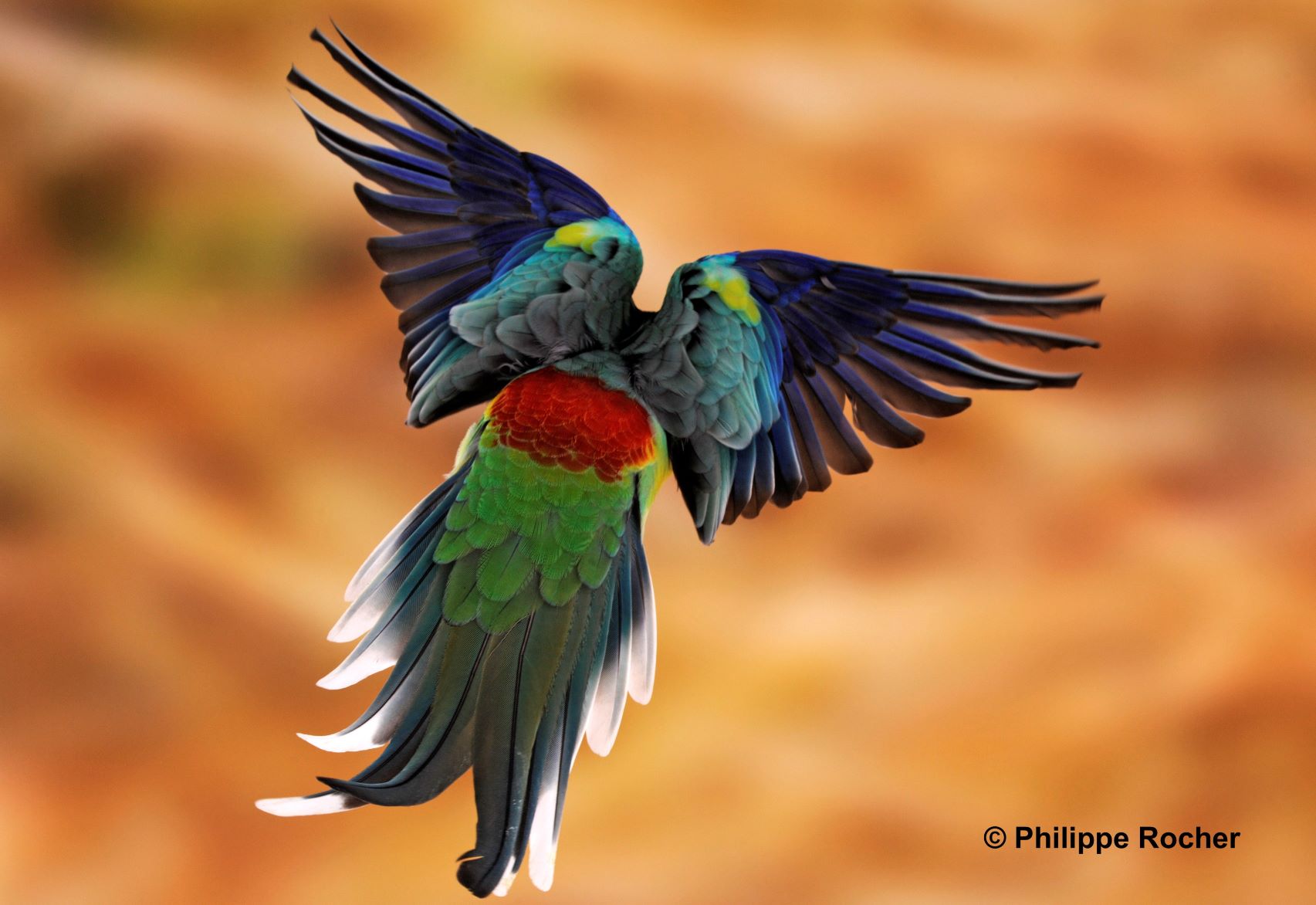Parrots and allies (Order Psittaciformes) have evolved an exclusive capacity to synthesize polyene pigments called psittacofulvins at feather follicles, which allows them to produce a striking diversity of pigmentation phenotypes. Melanins are polymers constituting the most abundant pigments in animals, and the sulphurated form (pheomelanin) produces colors that are similar to those produced by psittacofulvins. However, the differential contribution of these pigments to psittaciform phenotypic diversity has not been investigated. Given the color redundancy, and physiological limitations associated to pheomelanin synthesis, this study assumed that the latter would be avoided by psittaciform birds. This hypothesis was tested by using Raman spectroscopy to identify pigments in feathers exhibiting colors suspicious of being produced by pheomelanin (i.e., dull red, yellow and grey- and green-brownish) in 26 species from the three main lineages of Psittaciformes. The non-sulphurated melanin form (eumelanin) were detected in black, grey and brown plumage patches, and psittacofulvins in red, yellow and green patches, but no evidence of pheomelanin was found. As natural melanins are assumed to be composed of eumelanin and pheomelanin in varying ratios, these results represent the first report of impairment of mixed melanin-based pigmentation in animals. Given that psittaciforms also avoid the uptake of circulating carotenoid pigments, these birds seem to have evolved a capacity to avoid functional redundancy between pigments, likely by regulating follicular gene expression. The study provides the first vibrational characterization of different psittacofulvin-based colors and thus helps to determine the relative polyene chain length in these pigments, which is related to their antireductant protection activity. informacion[at]ebd.csic.es: Neves et al (2020) Impairment of mixed melanin-based pigmentation in parrots. J Experim Biol. DOI 10.1242/jeb.225912
https://jeb.biologists.org/content/early/2020/05/08/jeb.225912








 ¡Abierta convocatoria para proyectos de investigación en la ICTS- Doñana!
¡Abierta convocatoria para proyectos de investigación en la ICTS- Doñana!


